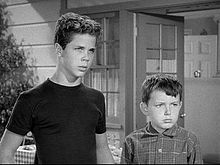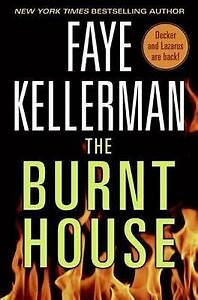The family is the Maxwells, the subject of other O'Nan novels. Henry and Emily Maxwell have taken their family to their cottage along Chautauqua Lake in western New York for many years. Now Henry has died, and Emily gathers her family for one last week at the lake before she sells the cottage. Family members include Arlene, Henry's never-married sister; Kenneth, Emily's son, his wife Lise and their two children, Ella and Sam; and Margaret, Emily's daughter, and her children, Sarah and Justin.
This week at the lake never develops much more of a plot than any other family's week at the lake. Early in the week Kenneth stops for gas soon after a young female attendant at the gas station disappears, presumably kidnapped, and this thread weaves through the novel now and then, but it never turns into a crime novel. The closest O'Nan comes to an actual plot is that nobody in the family wants to lose the beloved cottaged, but only Emily can afford to pay the taxes, and she doesn't want the responsibility. Yet that is hardly enough to sustain 500 pages.
But we keep reading. There is something compelling about a family's attempts during a mostly rainy week to find things to do that will keep everyone amused. It is all familiar somehow, much like our own lakeside family reunions.
The author offers the point of view of each of the nine characters, switching from one to another. Each person is loving part of the family, yet we see that each is secretly petty, selfish and even somewhat vindictive. Unacknowledged conflicts rage beneath the surface, sort of like in most families. Only the two boys are young enough to allow their true feelings to come out in the open. Disciplining them amounts to teaching them to hold those feelings inside like the adults do.
The novel, while never riveting, nevertheless proves interesting enough to keep the pages turning. The missing woman does not turn up, and other problems remain unresolved as well. Emily is still lonely. Kenneth still can't make a decent living from his first love, photography. Margaret, just divorced, still wants to drown her depression in drink. Lise still thinks her husband has more to say to his sister than to her. Ella still has a crush on her prettier cousin. And so on. Family vacations usually don't solve problems. They just give us a break from them, or in some cases just bring them out into the open.
For many years my own extended family spent weeks each summer in a cottage along Chautauqua Lake, so O'Nan's many references to places along the lake — such as the Lenhart Hotel, the Bemus Point ferry, the Book Barn, the casino, etc. — made this novel especially appealing to me. It made me wish I were there.













